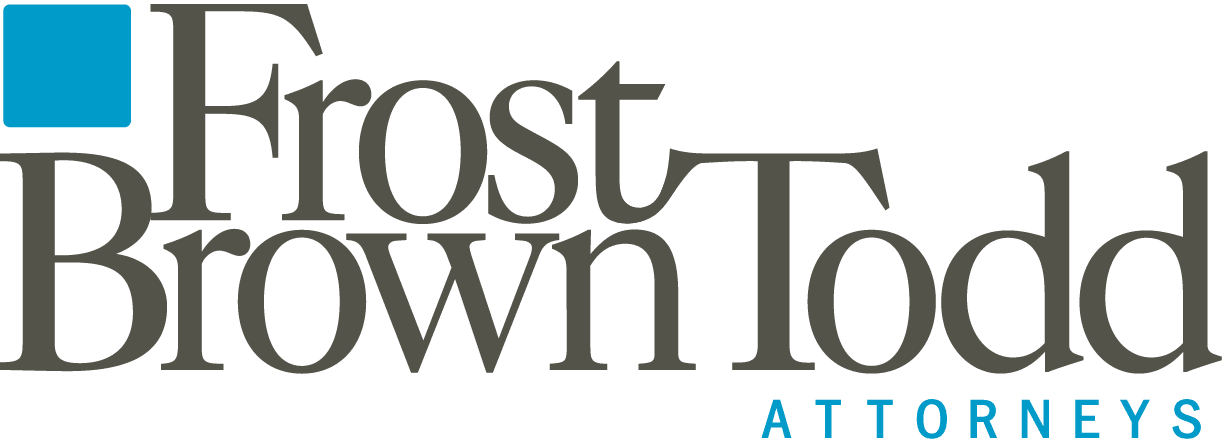Murthy v. Missouri, 144 S. Ct. 1972 (June 26, 2024)
As any social media user knows, content moderation and fact-checking on social media platforms are commonplace―and sensitive―topics these days. But what role can the federal government play in persuading social media companies to moderate or restrict content? The U.S. Supreme Court in Murthy v. Missouri avoided directly answering that question by asking another: what constitutes government intrusion on those content moderation decisions sufficient for the federal courts to intervene? Wherever that line may be drawn, it’s not to be found in this case, at least.
The Murthy plaintiffs were several individuals―doctors, website owners, and activists―who alleged that various social media platforms removed or demoted their COVID-19 or election-related content between 2020 and 2023. They were joined by two states, Missouri and Louisiana, which claimed that the platforms had suppressed the speech of state officials and their citizens. But the plaintiffs didn’t sue the social media companies themselves. Rather, they sought to enjoin numerous federal agencies (including the surgeon general, CDC, and FBI) from an alleged ongoing “pressure campaign” they asserted had been aimed at curtailing posts and content disseminated by the plaintiffs. The Supreme Court held that the plaintiffs could not do so because they had not established standing―an injury traceable to the government’s action and redressable through an injunction against the government.
Writing for the 6-3 majority, Justice Barrett opened the opinion with a few bedrock principles. The government may not “coerce” or “significantly encourage” another party to violate a plaintiff’s constitutional rights. If it does so, the government itself can be held responsible for the constitutional violation. But, in tandem with that principle, the federal courts do not remedy injuries that result from independent action by third parties not before the court, such as the social media companies here. And, when seeking prospective relief for alleged governmental interference with private parties, plaintiffs must show that the third parties “will likely react in predictable ways” to the state’s actions, with “a real and immediate threat” of injury.
Parsing through the more than 26,000-page record―created by extensive preliminary discovery taken in the district court―the Supreme Court addressed each plaintiff’s claims and held that none had satisfied the criteria for standing necessary to bring their claims in federal court. The Supreme Court first looked to the plaintiffs’ alleged past injuries, which were relevant “only for their predictive value” to indicate that the federal government would act similarly in the future. The majority concluded that there was no specific evidence of causation (i.e., government pressure) that could map onto any discrete content moderation decision with respect to the plaintiffs. The social media companies had enacted their editorial policies and moderated content long before any communications with the federal agencies. And although government efforts to shape social media policy clearly existed alongside content moderation, almost none of the plaintiffs matched up the timing of any moderation―such as “de-platforming” or “de-boosting”―with a specific governmental action. Only one plaintiff, a healthcare activist, could make a “loose” showing that some of her content might have been demoted in response to general pressure from the government.
But neither that individual plaintiff’s claims nor the other plaintiffs’ claims could survive because they could not show a likelihood that the government action and any potential responsive content moderation would continue. For the plaintiffs, without evidence of past governmental causation, the case was clear: they had, at most, speculative claims that the agencies would renew their campaigns (which had largely wound down) and that the social media companies would react in response to that agency action, rather than their own enforcement of their policies. The one plaintiff who had made the loose showing of past harm relied on “no more than conjecture” that it would continue. And neither the plaintiffs’ supposedly now-necessary “self-censorship” nor allegations that the alleged coercion might restart were sufficient to allege harm sufficiently concrete to merit future-looking injunctive relief.
The Supreme Court concluded by noting that the plaintiffs’ asserted “right to listen” to other users on social media (including the states’ right to listen to their citizens there) did not provide a different result because it was “startlingly broad” and not tied to any specific instance of moderation or suppression that deprived the plaintiffs of a specific speaker or topic they were unable to follow.
Key Takeaways
- Plaintiffs relying on a government coercion theory for interference with their constitutional rights must be careful to map their claims from specific instances of state action to their alleged harm.
- This particularity requirement is even more important when seeking prospective relief: plaintiffs need to show that the past harm (or other facts) indicates likely future similar action by the government.
- Broad-based allegations are not enough to survive a standing challenge; a plaintiff must identify acts that affected them personally by each named defendant.
Frost Brown Todd’s appellate advocates have a proven track record of success in appeals involving questions of first impression, bet-the-company judgments, and decisions that shape the rules under which our clients will operate well into the future. For more information, please contact the authors or any attorney with the firm’s Appellate Practice Group.
Want more U.S. Supreme Court coverage?
Explore our full wrap-up and analysis of the most consequential rulings for businesses and industries during the 2023-24 U.S. Supreme Court term.
